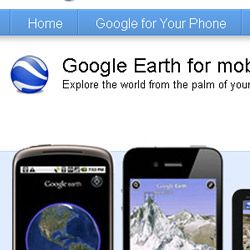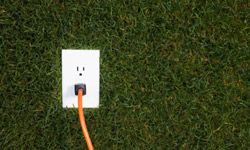Tent? Check. Bug spray? Check. Sleeping bag? Of course. Global access to information? Absolutely! When people think of camping, they tend to think of fresh air, the great outdoors and an opportunity to get away from it all. Access to the Internet isn't generally a top priority.
For serious Internet addicts, however, staying wired in while you're camping out can be a real concern. Even if you pack your smartphone and laptop computer, there are still remote regions of the globe where internet access remains sketchy and power sources are few and far between. Luckily, today's wired world offers plenty of gadgets to help you stay connected. In this article, we'll reveal our favorite gadgets for keeping your internet devices charged, finding access to WiFi, creating hotspots of your own and boosting your broadband signal -- even when you're far away from civilization. First up, let's plug into Google Earth!
Advertisement





